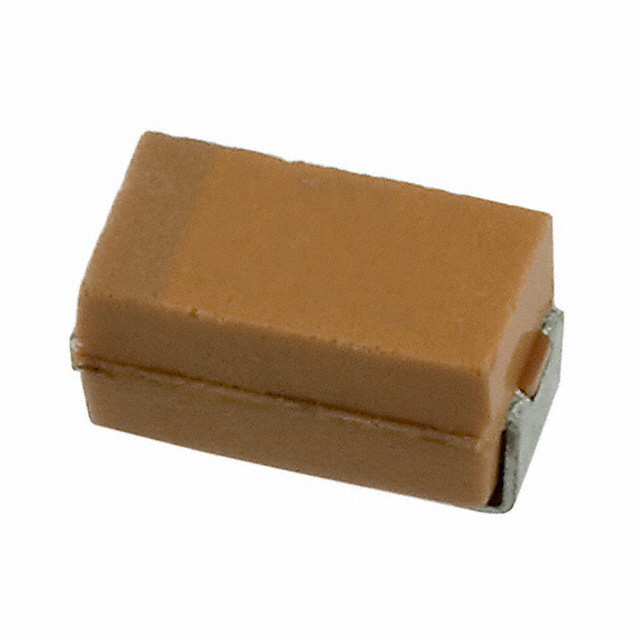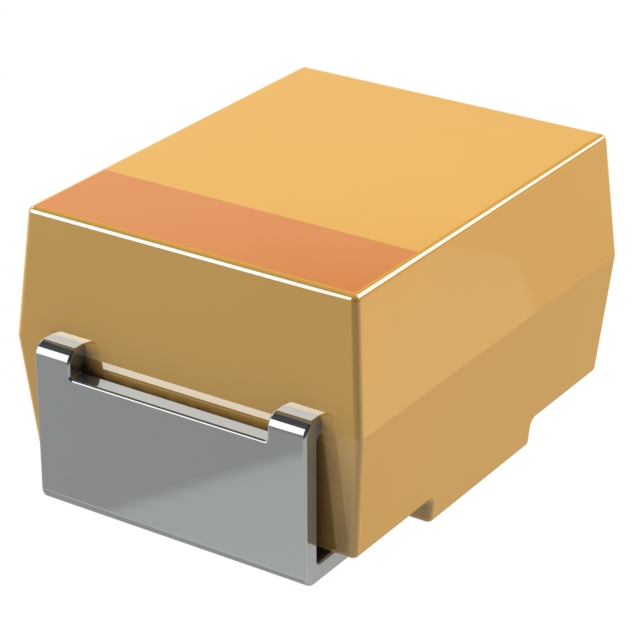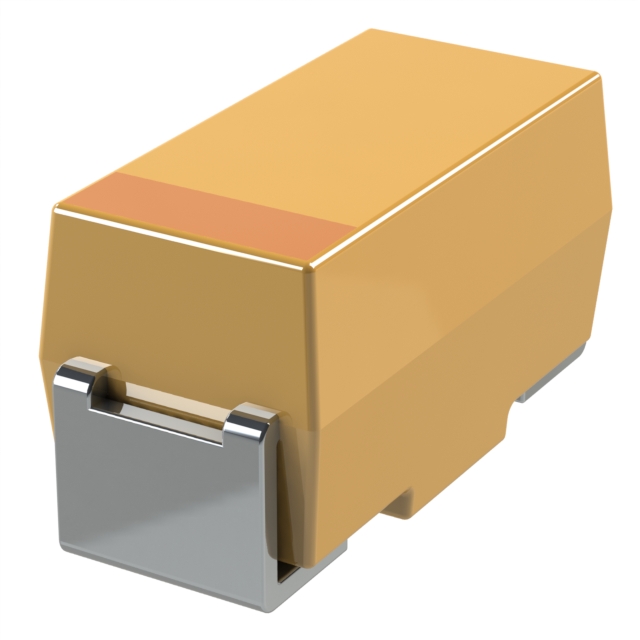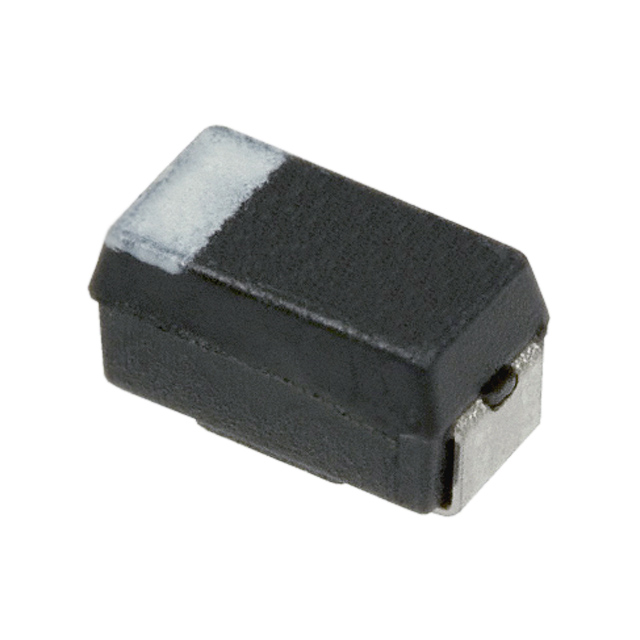

Capacitors in Series Calculator: Uses, Types, and FAQ
Catalog
How to Use a Capacitors in Series CalculatorParallel Capacitors FormulaReasons for Using Capacitors in ParallelSeries Capacitors FormulaTwo Capacitors in SeriesTypes of CapacitorsFinal ThoughtsRelated ArticlesThe way capacitors store and release electrical energy makes them a big deal in electronics. When you hook them up in series, the circuit behaves pretty differently compared to parallel connections, which can affect how the whole system performs. Think power supplies or audio gear—these setups often need precise calculations for capacitors in series to work right. A capacitor in series calculator makes it super easy to figure out the total capacitance based on individual values.
This tool doesn’t just help you nail the right capacitance levels—it also boosts efficiency and keeps things accurate while designing circuits. This article dives into how capacitors in series are used in modern electronics and walks you through using a series calculator.

Capacitors in Series Calculator
How to Use a Capacitors in Series Calculator
Figuring out the total capacitance for a series setup is simple when you’ve got the right tool. Here’s how to use one:
Step-by-Step Guide
Know What to Input
You’ll need the value of each capacitor in the series. Capacitor values are measured in units like farads (F), microfarads (μF), nanofarads (nF), or picofarads (pF).
Before starting, make sure you know the capacitance of each capacitor you’re using.
Access a Calculator
You can find capacitor in series calculators in most circuit design software or on electronics websites.
For example, tools like Blikai’s calculator or All About Circuits have great options. If you’re into DIY, you might even make your own custom tool.
Input Capacitance Values
Type each capacitor’s value into the calculator. For example, if you have capacitors with values like 10 F, 20 F, and 30 F, just enter those numbers into the fields labeled “C1,” “C2,” “C3,” and so on.
Choose the Right Units
Make sure the units for each capacitor match. Some calculators automatically detect the units, but in others, you’ll need to select them manually.
If your values are in different units (like one in nanofarads and another in microfarads), convert them to the same unit before entering. For example, switch everything to μF to keep it consistent.
Calculate the Total Capacitance
Once you’ve entered all the values, hit the “Calculate” button (or whatever action your tool uses). The calculator will take care of the math and figure out the total capacitance using the series formula.
The formula for calculating total capacitance in series is:
CtotalC_{\text{total}}Ctotal in series is: 1Ctotal=1C1+1C2+1C3+⋯+1Cn\frac{1}{C_{\text{total}}} = \frac{1}{C_1} + \frac{1}{C_2} + \frac{1}{C_3} + \cdots + \frac{1}{C_n}
This means you just need to add up the inverses of each individual capacitor value, and then take the inverse of that sum to get the total capacitance.

Calculate Total Capacitance
Parallel Capacitors Formula
Calculating the total capacitance of capacitors in parallel is super easy. All you need to do is add up the capacitance values of each individual capacitor.

Parallel Capacitors Formula
In theory, there’s no limit to how many capacitors you can add in parallel. Of course, in real-life situations, there might be practical limits based on the application, available space, and other physical factors.
So, when you place capacitors in parallel, the total capacitance is just the sum of all their values. Here’s the formula to express that:

Reasons for Using Capacitors in Parallel
There are a few good reasons why you might want to place capacitors in parallel:
To get a non-preferred capacitance value:
Like most components, capacitors come in standard (preferred) values. Sometimes you need a specific value that doesn’t match the preferred ones or what’s available. You can combine two or more capacitors to get the value you need. Just keep in mind that capacitors have tolerance levels, so the final value might vary a bit based on those tolerances.
To increase the capacitance value:
The most obvious reason to use capacitors in parallel is to boost the total capacitance. Instead of using one large capacitor, it might be easier or more convenient to use two smaller ones. Plus, availability could be a factor—sometimes it’s just easier to find a couple of smaller capacitors than one big one.
To decouple different frequencies:
A single capacitor doesn’t always do the job when it comes to filtering all the frequencies you might need to remove from a power supply line, for example. That’s why you might use two capacitors in parallel: one like an electrolytic with a larger value for filtering low frequencies (since electrolytics don’t do well with high frequencies) and one like a ceramic with a smaller value for high frequencies (ceramic capacitors don’t handle low frequencies as well).
When doing this, you should watch out for issues caused by stray inductance. If one capacitor’s stray inductance resonates with the capacitance of the second, it could cause some problems. These issues aren’t usually a big deal, but it’s something to keep in mind when running capacitors in parallel.
Distributed decoupling:
On many logic boards with a bunch of ICs, it’s common to spread out the decoupling capacitors across the board. You might place one on each IC or every other IC, and also use some larger decoupling capacitors around the circuit. When you’re doing this, it’s important to calculate the total capacitance. Even though each individual capacitor might not be very big, all of them together can add up, so it’s good to know the overall value.
So, placing capacitors in parallel gives you a lot more flexibility and can offer some useful advantages in your designs!
Series Capacitors Formula
When capacitors are connected in parallel, it’s like making the capacitor plates bigger, so you can just add their capacitances together. But when capacitors are in series, it doesn’t work the same way—you can’t just add their values.

Series Capacitors Formula
In theory, there’s no limit to how many capacitors you can connect in series. Of course, practical limitations like the application, space, and other physical factors will come into play.
To figure out the total capacitance for capacitors in series, you take the reciprocal (1 over the value) of each capacitor’s capacitance, then add those together. Once you’ve done that, you take the reciprocal of that sum to find the total capacitance.

Two Capacitors in Series
There are a few situations where you might need to place capacitors in series. In some circuits, this happens naturally—like in certain oscillators, where you might have a capacitor AC voltage divider. In other cases, capacitors are put in series for different reasons, and I’ll mention a few examples below.
While it’s most common to see just two capacitors in series, it’s also possible to connect three or more.
If you’re calculating the total capacitance for a series of capacitors, it can get a bit tedious if you’re doing it by hand. But in most cases, when there are only two capacitors in series, the formula can be simplified quite a bit. This makes the math much easier to handle.

Two capacitors connected in series

Types of Capacitors
Ceramic Capacitors
Ceramic capacitors are made using materials like titanium dioxide, barium titanate, or zirconium dioxide for the dielectric. They’re basically made up of layers of dielectric material sandwiched between metal plates. These are some of the most affordable, compact, and high-capacity capacitors you can find today. They come in all sorts of capacitance values, from picofarads to microfarads. Because of their low parasitic inductance and resistance, ceramic capacitors work really well in high-frequency circuits like RF and digital logic circuits. They’re also super stable even when temperatures change, making them great for environments with temperature variations.
Electrolytic Capacitors
These capacitors use electrolytes (usually liquids or gels) as their dielectric. The anode is often made from aluminum or tantalum. Since they have positive and negative terminals, it's super important to connect them correctly or they might fail. Electrolytic capacitors are small but pack a punch with high capacitance values, usually from microfarads to farads. They're commonly used in power supply circuits and can handle higher voltage ratings than ceramic capacitors. However, they can have some limitations when it comes to leakage current and temperature stability.
Film Capacitors
Film capacitors use thin plastic films like polyester, polypropylene, or polycarbonate as their dielectric, sandwiched between metal electrodes. These capacitors are known for their low leakage current and excellent stability. They usually have a lower capacitance than electrolytic capacitors but are still available in a wide range of values. Because of their low leakage characteristics, film capacitors are often used in timing circuits, audio equipment, motor circuits, snubber circuits, and high-frequency filtering.
Tantalum Capacitors
Tantalum capacitors have a thin oxide layer on the surface that acts as the dielectric, and they use tantalum metal for the anode. These capacitors are compact yet offer high capacitance density, making them great for miniaturized electronic devices. They perform well in filtering and decoupling thanks to their low equivalent series resistance (ESR). Just like electrolytic capacitors, it's important to connect them with the correct polarity to avoid damage. Tantalum capacitors come in two main types: tantalum electrolytic capacitors and polymer tantalum capacitors.
Variable Capacitors
Variable capacitors let you adjust their capacitance, either manually or electronically. They’re commonly used in radios, televisions, and RF equipment to tune resonant circuits. You’ll find types like air variable capacitors, ceramic trimmer capacitors, and varactor diodes (which are tunable capacitors). These capacitors are great for fine-tuning circuits and optimizing performance by adjusting the resonance frequency.
Supercapacitors
Also called ultracapacitors or double-layer capacitors, supercapacitors store way more energy than traditional capacitors. They work by separating two electrodes with an electrolyte in a porous membrane, which forms a double layer. Thanks to their high energy density and low internal resistance, supercapacitors are perfect for applications that need quick energy storage and release, like regenerative braking systems or peak power assistance.
Final Thoughts
In the end, the Capacitors in Series Calculator really makes things easier by delivering accurate results for capacitors connected in series. It simplifies the process of finding the equivalent capacitance, making circuit design and analysis much smoother and more efficient. With its convenience and precision, this tool is a must-have for engineers, students, and anyone who loves working with capacitive circuits.
Related Articles
Air Conditioner Capacitors: Everything You Need to Know (2025)
Subscribe to JMBom Electronics !













